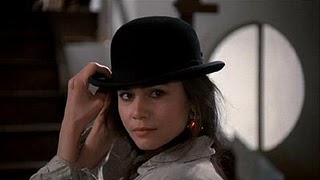Fading Light: Thomas Kinkade’s Dark Descent

This past week, Thomas Kinkade, famed “Painter of Light,” found himself behind bars after an arrest based on suspicion of drunken driving (mugshot shown). That sad episode came on the heels of Kinkade’s company recently declaring bankruptcy to elude paying millions of dollars to parties defrauded by Kinkade’s company years before. A self-styled Christian, Kinkade’s decidedly un-Christian behavior in business and on the road may finally mark the end of the kitschy artwork festooned upon the walls of Middle America.
Kinkade used his religious clout and connections to entice investors to buy into franchises of his “signature” stores, with the understanding that those stores would have exclusive selling rights to the “Painter of Light” oeuvre. When Kinkade’s company then began selling prints and other Kinkade merchandise elsewhere at lower prices than those the “signature” stores were locked into, they effectively undercut their investors sales and destroyed the value of their investment. After years of litigation, a judge finally agreed with the spurned investors in 2006 and demanded that Kinkade’s company pay $50 million in damages. Four years later, the lights went out at “Painter of Light” Inc. as a bankruptcy sign went up. “Kinkade is a … deadbeat,” said Norman Yatooma, lawyer of some of the defrauded after the bankruptcy announcement. “Kinkade’s word is as worthless as his artwork.”
It’s easy to take potshots at Kinkade and his art now that he’s hit the skids. I sincerely hope that he’s able to get his life back on track. However, the entire episode speaks volumes about what art has become in the United States. For many, if art doesn’t confirm or conform to beliefs, especially for those with a strong religious streak, it’s “degenerate.” That prejudice not only limits many from broadening their aesthetic horizons, but also opens them up to confidence games such as that played by Kinkade’s empire. Kinkade took advantage of the emotions invoked by his art to take financial advantage of his devotees. It’s a cautionary tale of the power of art intersecting with the power of religious fervor, an energy supply of seemingly endless capacity around the world but especially in certain parts of the United States.
I personally can’t stand Kinkade’s art, which I see at the apogee of faith without aesthetic works. William Holman Hunt took endless abuse in the 19th and succeeding centuries for wearing his faith on his sleeve in works such as The Light of the World, but I find a much better craftsman than Kinkade in Hunt’s art as well as a better theologian. To me, Kinkade is the anti-Hunt in his lack of depth. Hunt gave us three-dimensional religion—human and divine—whereas Kinkade is all surface, a light shimmering in a hazy atmosphere but nobody’s home, including any conception of God himself beyond that of a child.
If you’re going to make an idol out of an artist, choose wisely. Choose based on emotion, on aesthetics, on the ideas that the images bring to mind. If any of those things seem much too comfortable, question them. History teaches us that idols tend to make fools of idolaters.





